
More Surfing News
Olympic Surfing Star Suffering Brain Tumor Gives Major Health Update Ahead of 2025 Season
This surfing sensation from Costa Rica is back from a challenging health phase and is gearing up to go big!
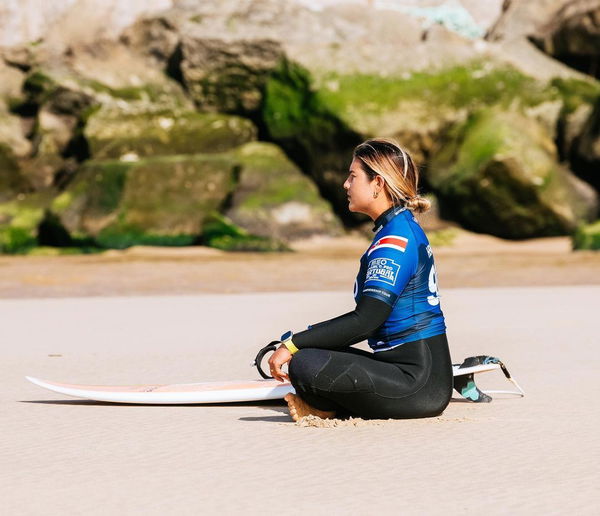
Prayers Mount for Malibu Surfing Legend as He Passes Away in LA Wildfires
The surfing fans come together to pay respect as Malibu surfing legend lost his life in his home because of the LA Wildfires.
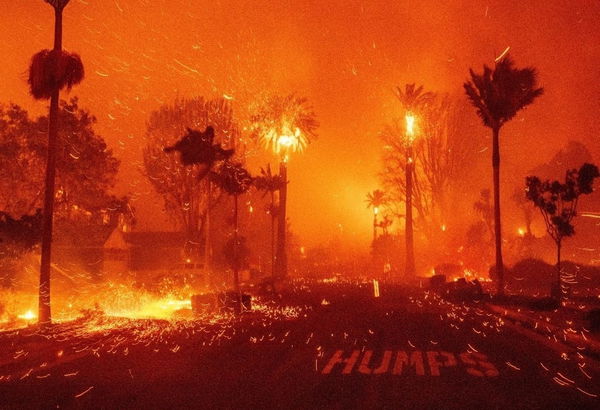
Surfing Legend Kelly Slater Mourns the Loss of Community’s Great to Multiple Cancer Battle at 77
Surfing icon Kelly Slater honors the loss of his close friend and mentor, sharing a heartfelt tribute to his enduring legacy.
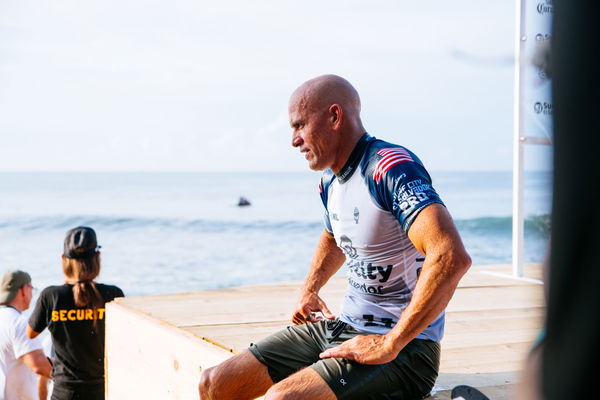
Women’s Surfing Legend Gains Community’s Help As LA Wildfires Lead to Another Heartbreaking Loss
As the LA wildfire continues its rampage, one surfing icon shares her thanks for the community for its help during the nightmare.
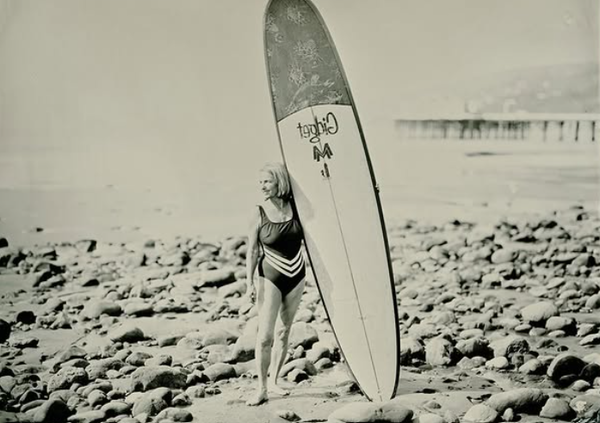
Olympic Kite Surfer Sends Powerful Message After Saving Drowning Woman
What message did an Olympic kite surfer share after rescue? This story is more than just a heroic act, it is a cautionary tale!
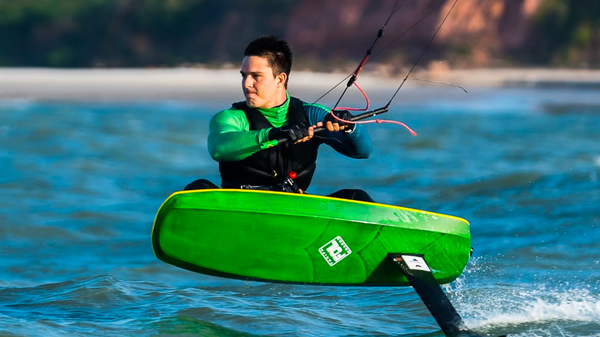
Surfing Community Angered as Shark Attack Victim Faces Unfortunate Situation
As a shark attack survivor is left hanging by the health insurance company, the surfing community sounds the alarm raising awareness.

Viral Surfing Icon Faces Unfortunate Setback Ahead of 2025 Season Opener: “Out for a While”
Just days before the 2025 WSL season commences, Brazilian surfing sensation announces heartbreaking update leaving fans saddened.
Legendary Kelly Slater Spares $5,000 on Broken Surfboard to Help Local Surfer With Much-Needed Money
Kelly Slater comes forward with his financial might to help the local surfers by participating in a noble gathering.

Surfing Icon Carissa Moore Drops Major Pregnancy Update Months After Paris Olympics Heartbreak
Surfing legend Carissa Moore shares an exciting pregnancy update, months after facing disappointment at the Paris Olympics.
61-Year-Old Legendary Surfer Bounces Back From Shark Attack Incident With Surfing Community’s Help
After surviving a fatal shark attack while surfing, a 61-year-old Maui man returned to the sport yet again, thanks to the community's help.
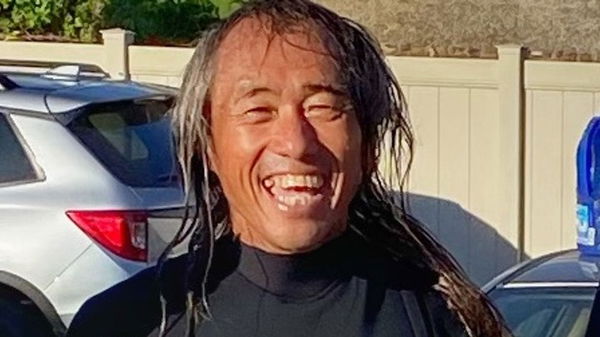
Late Surfer’s Mourning Family Recives Surfing Community’s $100k Help After Brutal Shark Attack Incident
After surfing enthusiast's untimely demise in Australia, community members extend their help to aid the family during the troubled times.

Surfing Community Left Heartbroken as Another Surfer Falls Prey to Horrifying Shark Attack: “Rest in Peace”
The horrifying shark attack in the Australian water causing a surfer's death makes the surfing community grieve.
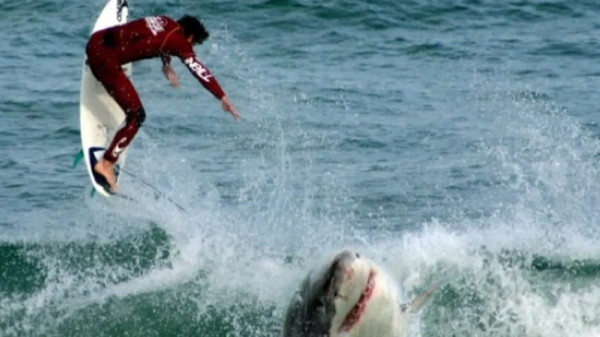
About Surfing
When put simply, surfing is the act of standing up on a specially designed-board and riding a wave. The choice of construction of the board varies from level of experience to personal preference. It is an exhilarating water sport that seems pretty straightforward but is far from one. From different kinds of surfboards to events to even particular kinds of waves, each factor changes the face of the game in an instant. In the early days, surfing was done exclusively in the ocean but now also happens in the US Great Lakes, The Mediterranean Sea, and even artificial wave pools.
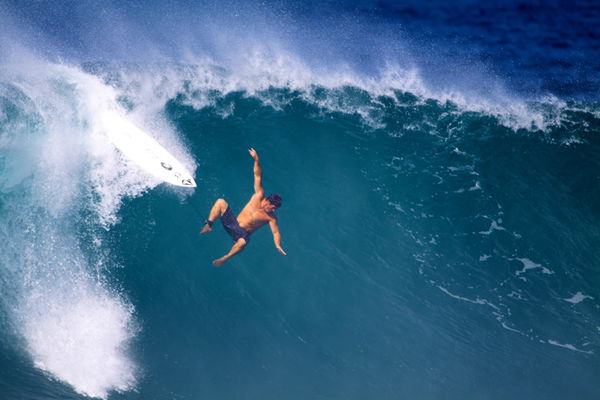
History of Surfing
Famously dubbed 'the sport of Kings,' Surfing originated in Hawaii. The island's royalty and commoners practiced the sport as a recreational activity in the early 20th century. Touring surfers took the sport with them back to countries like the US and Australia, where it transformed into a global phenomenon. In 1976, a World Surfing Tour was founded, which is now called the World Surf League (WSL). Surfing has now grown into a multi-billion dollar industry and is governed by the International Surfing Association, representing 55 nations across the planet.
The four kinds of Surfboards
There are majorly four different kinds of surfboard that a surfer can choose from. Ranging from a short one to a long one, every surfer chooses these based on personal preference and expertise. But amateur surfers are advised to start with the longest possible board.
Here is the breakdown of every board:
1. Shortboard: Is a six and a half feet or shorter board. Has little volume and three fins attached to the bottom. It is specifically designed for high-performance surfing.
2. Mini Mal, Mini Tanker, Funboard, Fish, Egg, Bonzer: These boards make up the rest of the shorter-side boards. While varying between five and eight feet, these boards have more volume than a shortboard.
3. Gun: A seven to nine feet board designed for surfing on large waves.
4. Longboards: The biggest of the bunch. These boards measure at nine feet or up. These boards come with either a tri-fin setup or a single-fin setup (best for classic surfing).
Types of Surfing Waves
Much like the boards, the waves also make a huge difference to the surfing experience. A swell is essential for surfing, without which one cannot surf. On average, a swell travels at roughly 15-20mph when it hits the shore. Broadly, there are three major waves identified in the surfing world.
1. Surging Waves: Useless for surfing. These waves come from deep water and onto steep beaches. And instead of breaking, these waves surge up on the beach.
2. Spilling Waves: A gently sloping sea floor gives way to these waves, causing a gradual peak. The energy release is rather slow, hence the crest spills down a wave.
3. Plunging Waves: The perfect wave for a surfer. These happen when a swell moves from deep waters to shallow ones. This obstructs the forward momentum of waves, resulting in a peak.
Key Tricks in Surfing
Let's be honest, the best part about watching surfing is seeing the tricks. And the best part about being one? Performing them! While there are many iterations of tricks in the sport, here are the five most important ones.
1. The Barrel: Surfing's most prized and difficult maneuver. It forms as the wave's crest pitches forward and over, leading to a hollow chamber within the wave.

Getty
RIO DE JANEIRO, RIO - MAY 12: Kelly Slater of the United States of America surfs during his Round 1 heat at the Oi Rio Pro on May 12, 2015 in Rio de Janeiro, Brazil. (Photo by Daniel Smorigo/World Surf League via Getty Images)
2. Bottom Turn: The most fundamental move in surfing. It happens when a surfer has stood up and dropped down the face of a wave. Once at the bottom of the wave, a surfer pivots their momentum towards the open face of a wave.
3. Top Turn: For a shortboard surfer, this is the most fundamental move. While riding a wave, the crest hangs there, begging to be 'hit.' And that is what surfers do by generating extra speed by dipping back in the wave's trough.
4. The Floater: Some waves do not break along the beach perfectly. When a surfer faces the situation, they must use their speed to ride up, onto, and across the crest to reach the other side of the wave's breaking section.
5. The Air: It is essentially launching off a wave into the air. What began as a simple jump has transformed into Air reverse or a 360 off the lip. This trick has the most variations, including inverted 540s, back-flips, and alley-oops.
Different Kinds of Surfing
Venturing into the final 'variety section' of the sport, we stumble upon the various kinds of surfing. Five major kinds of surfing are popular around the globe.
1. Freesurfing: This is simply non-competitive surfing. While there are no rules here, a strict code of conduct is duly followed.
2. Competition Surfing: While competitive rules vary between organizations, all of them have divisions. Broken down by age and gender, two to four surfers go against each other.
3. Shortboarding: Fast moves and quick tricks are the goals when surfing on a shortboard.
4. Longboarding: The 'classic' style of surfing. It consists of smooth and relaxed control of the board.
5. Tow Surfing: The sport's most recent and exclusive iteration. A jetski, tied with a waterski rope, held by a surfer doing tricks — that is Tow Surfing.
Major events in Surfing
1. Pipe Masters - Held at the Banzai Pipeline on the North Shore of Oahu, Hawaii. Consists of one of the most dangerous waves anywhere in the world.
2. WSL Finals - Lower Trestles, California, USA.
3. Surf Ranch Pro - Lemoore, California, USA. It is the only stop at an artificial wave.
4. Nazaré Tow Surfing - Nazaré, Portugal. Home to the world's biggest waves.
5. Triple Crown of Surfing - North shore of Oahu hosts two more events. Together, they are known as the Triple Crown of surfing. It is one of the most coveted titles in pro surfing.
6. Red Bull Cape Fear - A fan-favorite, it is the only big wave slab event in the world.
7. Jaws Big Wave Championships - Maui, Hawaii.
8. International Surfing Association World Surfing Games
Famous Surfers
1. Kelly Slater: Talking about individual achievements, Kelly Slater is the GOAT of surfing. He has won 11 World Titles in his career and owns the record for the youngest as well as the oldest Men's champion in history. Away from the waves, he also pioneered a wave pool technology that creates man-made waves for surfing.

Getty
SYDNEY, AUSTRALIA - MARCH 12: Kelly Slater of the United States rides a wave into shore during an aerial expression session on day one of Surfsho at Bondi Beach on March 12, 2010 in Sydney, Australia. (Photo by Cameron Spencer/Getty Images)
2. Duke Kahanamoku: Famously called the 'Father of Surfing.' His contribution to surfing is what James Naismith's was to Basketball. An Olympic champion swimmer, Kahanamoku invented modern surfing in the 1920s.
3. Layne Beachley: The seven-time Women's World Champion is one of the most accomplished women to have taken up surfing. The Australian won six consecutive world titles from 1998 to 2003 — the only time any woman or man has achieved the feat. Her final title win came in 2006. She is also one of the few women to have competed against men.

